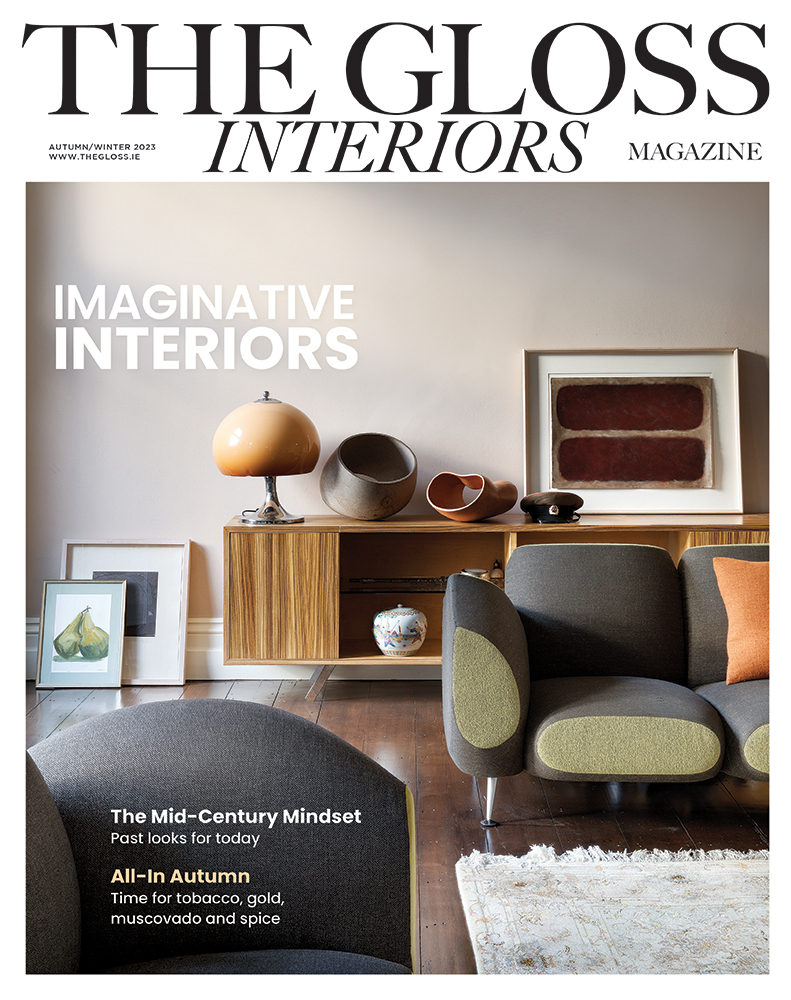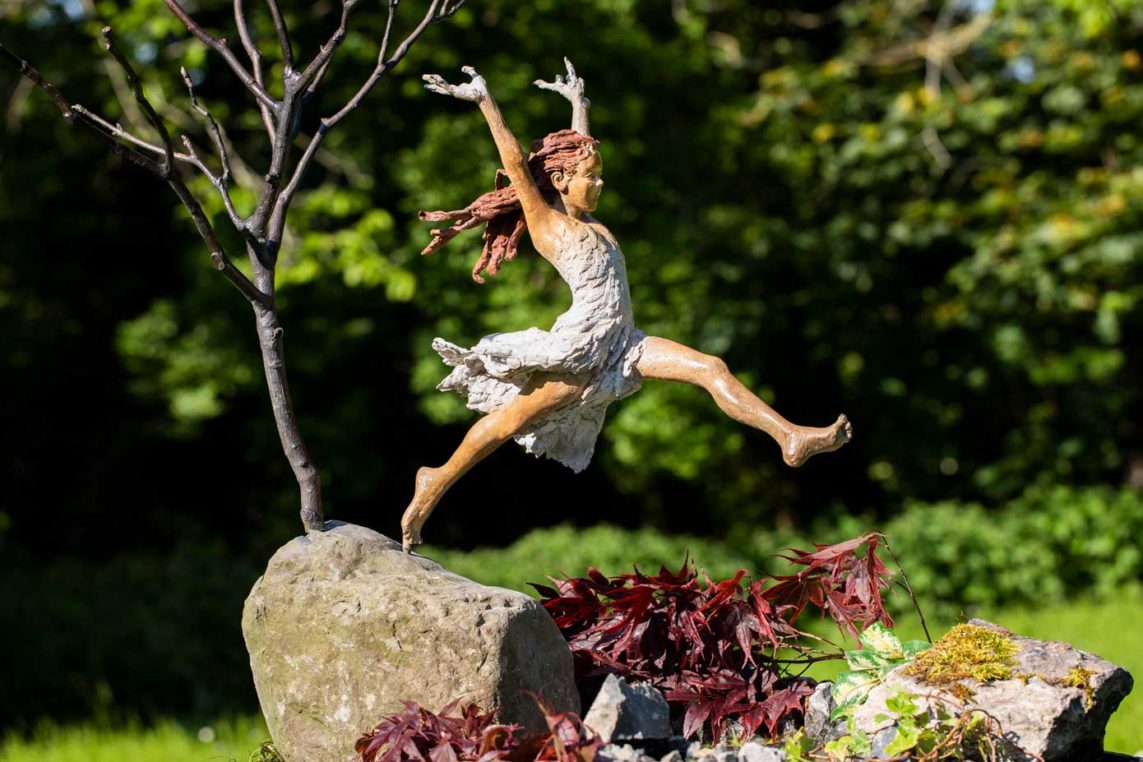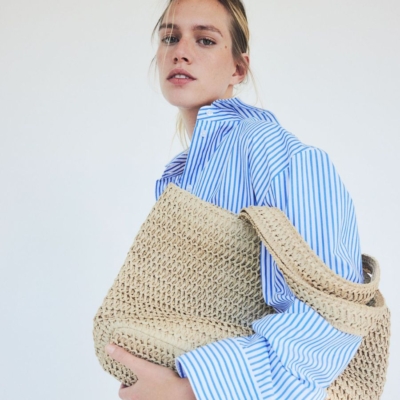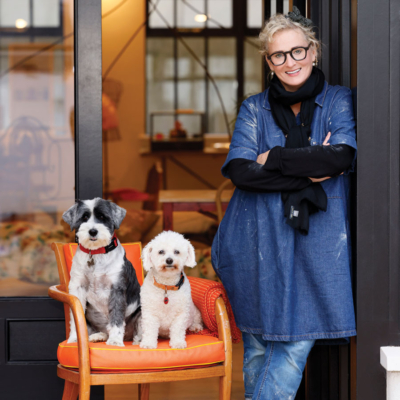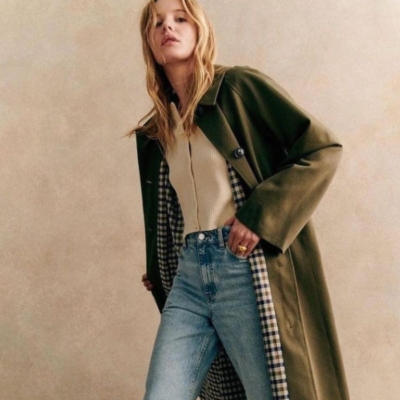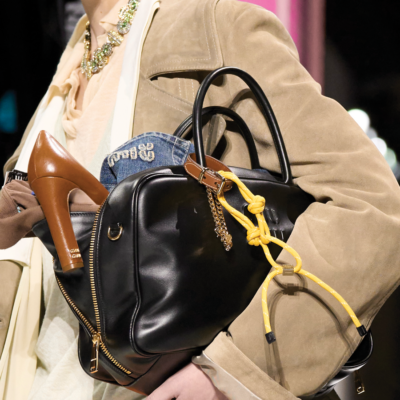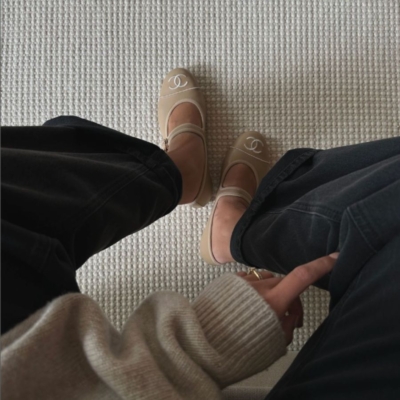Unveiling a new sculpture exhibition in Dublin this week is internationally recognised sculptor Paddy Campbell. We speak to the artist about his work and inspirations …
Where did you train and decide that sculpture was your medium?
I studied the renaissance masters in Florence in the mid-1990s and developed my interest in proportion and realism from there. From that, I discovered that sculpture was my real gift and I decided to focus on that, rather than painting.
While in Florence, I took a full-time course in the techniques of sculpture. I feel strongly that sculpture is not so much about technique, but about creativity. But know-how does matter. They call sculpture drawing in space – drawing in three dimensions is the essence of sculpture – the ability to capture movement and gesture is central. The skill is in avoiding rigidity. In my work “Fionnghuala, Daughter of Lir” (pictured top) – the little girl is leaping while morphing into a swan – it’s a big challenge to capture that transition in sculpture. It is a really exciting feeling when you do.
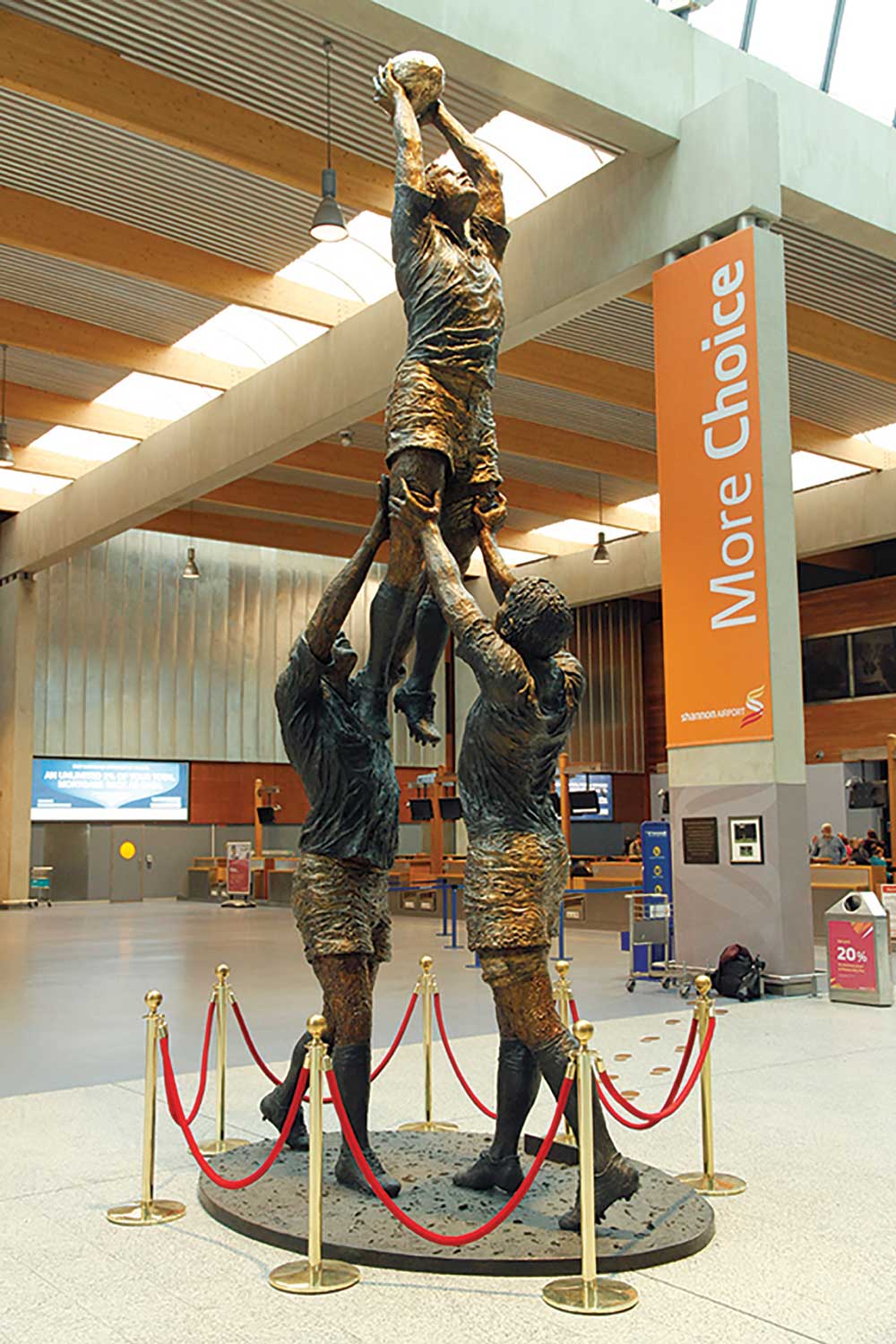
How and where you work?
My hands and my fingers are my principal tools. Touch is vital to my work. I work mainly in my studio in Florence, which I first established in 2005. I usually have someone modelling for sculpture, and I work in silence, except for conversation. The process of making a sculpture for me is a conversation with the subject. When you paint, the subject has to be absolutely still, whereas in sculpture you welcome some movement, because you are observing three dimensions at once. I am also keenly interested in what is going on in the person’s psyche. Although a sculpture is a split second in time, capturing the movement and feeling is so important. When you are making a sculpture, and having a conversation with someone, you garner their thoughts and ideas. I find that the best models are actors because they play a role in helping you to flesh out the story, beneath the skin of the sculpture.
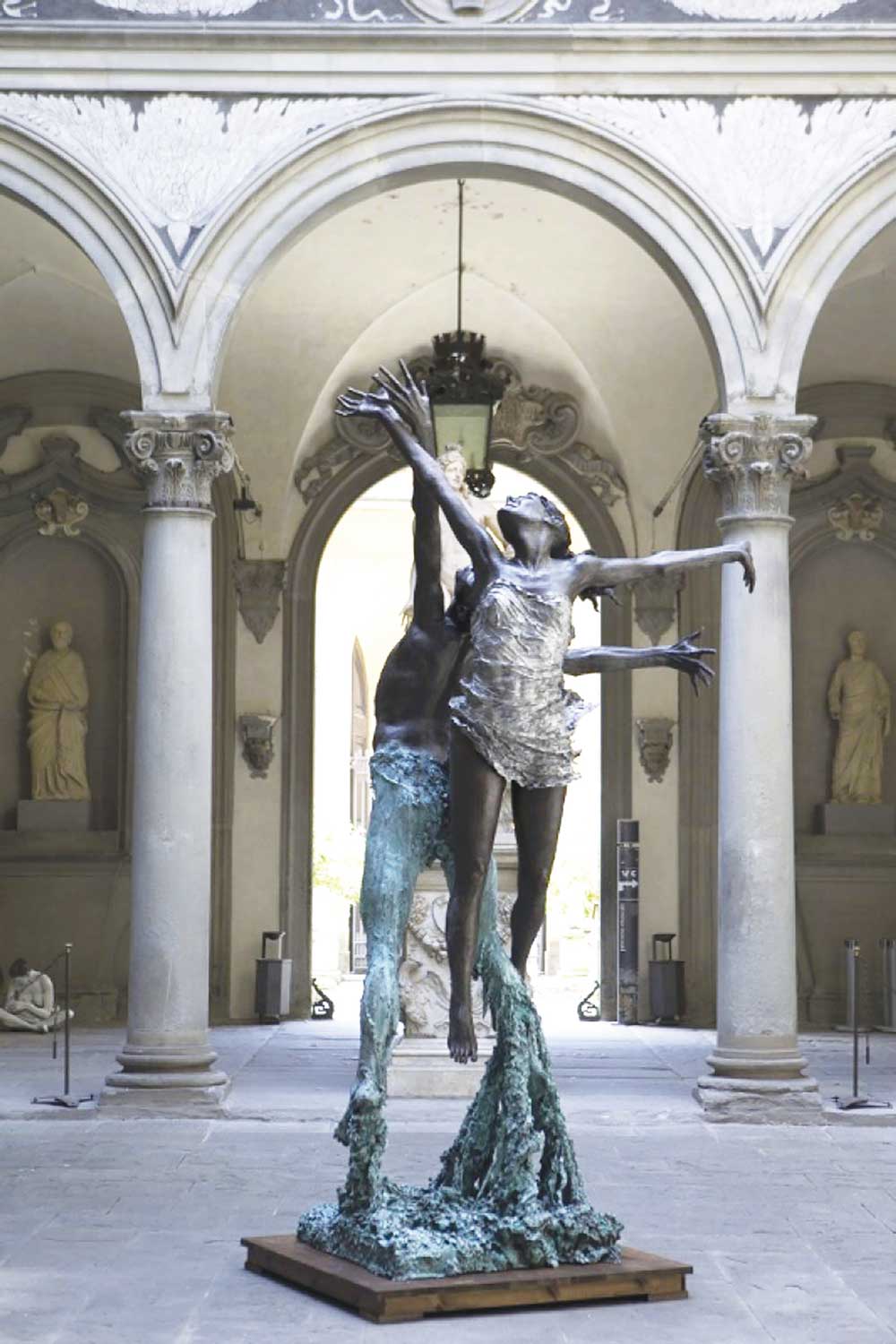
Can you tell us about some of your favourite commissions?
The one that was my biggest challenge was the six-metre rugby sculpture for Shannon Airport “The Day That Changed Ireland”. I was in Croke Park in 2007, for the historic Ireland versus England match. If you can reflect that moment of the game in your work, it really gives it an extra essence. You feel that you can interpret the passions and thoughts of the players involved.
The “Life and Death” sculpture that adorns the central plaza of the Tuscan town of Vicchio is about victimhood, depicting a woman who is struggling to connect with the spirit of her loved one whom she is left to mourn. The survivors are the ones who are too often forgotten. The “Wind and Sea” sculpture came almost completely from my imagination. A sculpture can sometimes decide for itself how it is going to end up. The author must listen to the characters.
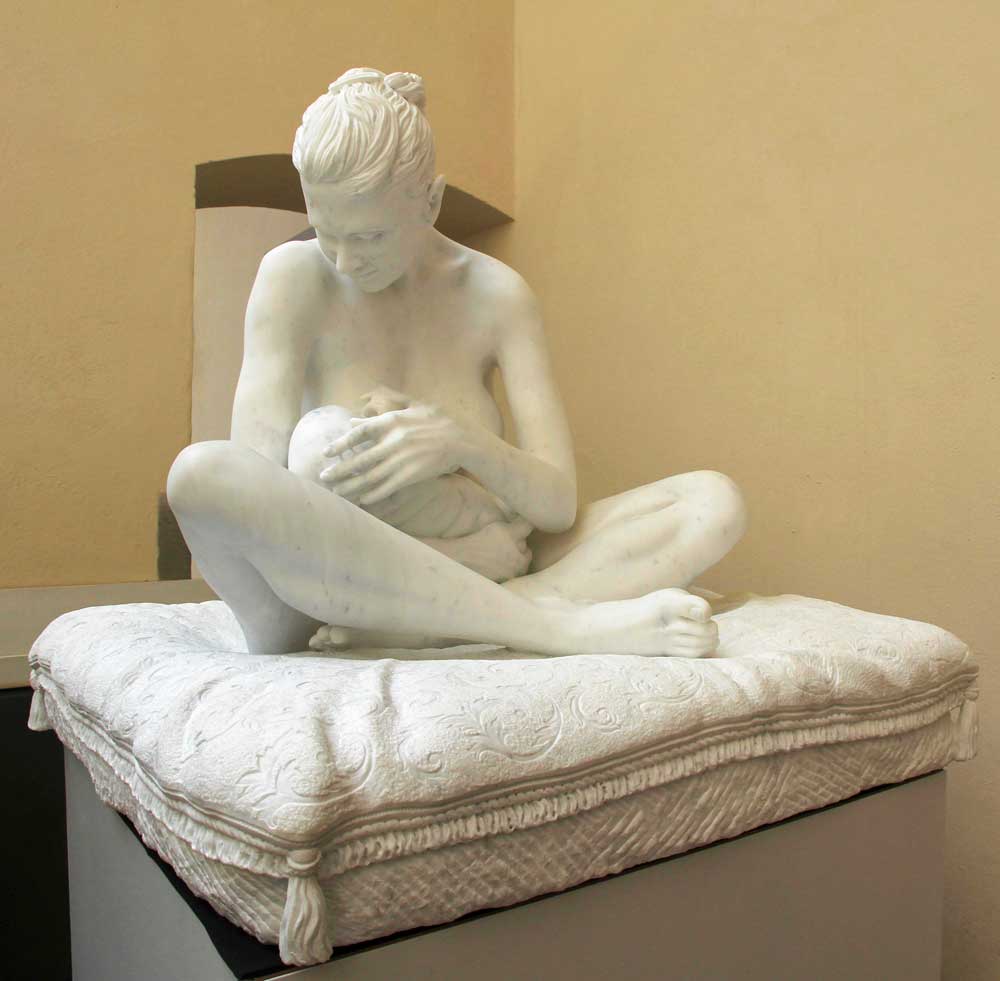
You have just donated a sculpture Mother and Child to the Museo degli Innocenti in Florence – can you tell us about this work?
Before departing from my original studio in Fairview, Dublin in 2005, I embarked on a 17-year odyssey during which I modelled, created, and cast the Mother and Child sculpture in various materials. This culminated in the Carrara marble version (carved by my friend Dario Tazzioli), which has been installed on permanent display at the Museo degli Innocenti. The sculpture depicts a dear family friend, Emily, nursing her new-born daughter Coco. Coco was just five weeks old when her mother sat nursing her on a makeshift wooden revolving stand, as I moulded the new family into a life-size wax model. Over a period of six weeks we were warmed by a small gas fire, hot tea and conversations on life, love and loss in a small studio above a garage. Being on permanent display in the Museo degli Innocenti is a tremendous honour and so fitting for the beautiful story of Emily and Coco as the museum is unique in exhibiting works of art relating to children. It is part of the oldest public institution in Italy, originally a convento, which has been devoted to the hospitality and protection of children, and their rights, for six centuries. During that time, up to 1,000 abandoned babies were taken into loving care every year, through a tiny portal in the front door. The Institute now also houses UNICEF’s research centre for child wellbeing which carries out work into infant care and the importance of breastfeeding.
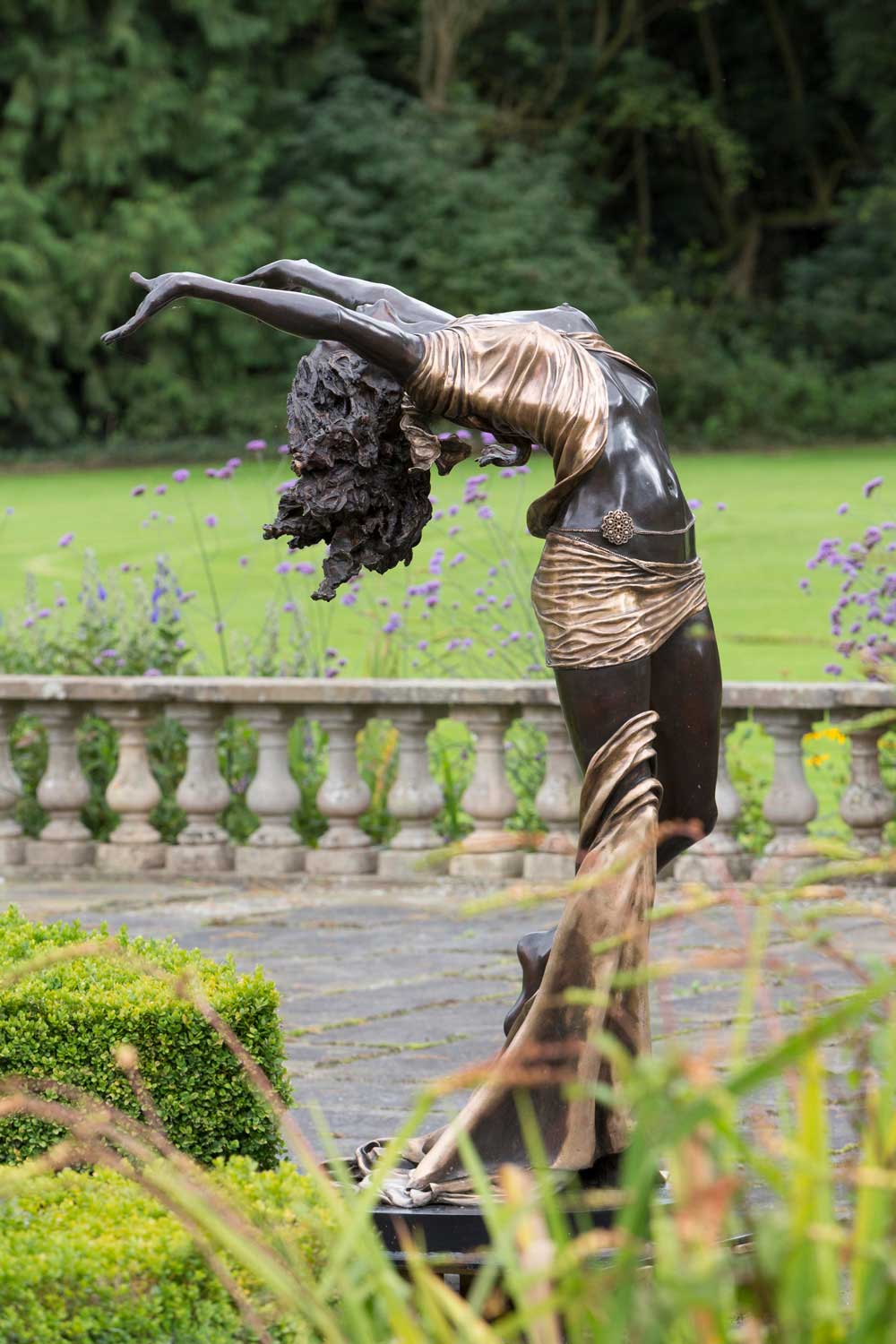
What advice would you give to someone embarking on an artistic career?
My life as an entrepreneur was exciting and meaningful. This was a self-discovery process. I felt that I had something that I hadn’t addressed and I had the second half of my life to follow a path that I loved and express myself in a way that was creative and fulfilling. The best advice would be to follow your heart. You don’t necessarily have to be a full-time professional artist, you just have to find the best way to express yourself. Success is having enough desire to persevere. Almost every artist will agree that it is not about making money. It is about the joy and the satisfaction that you get from creating something of beauty and meaning.
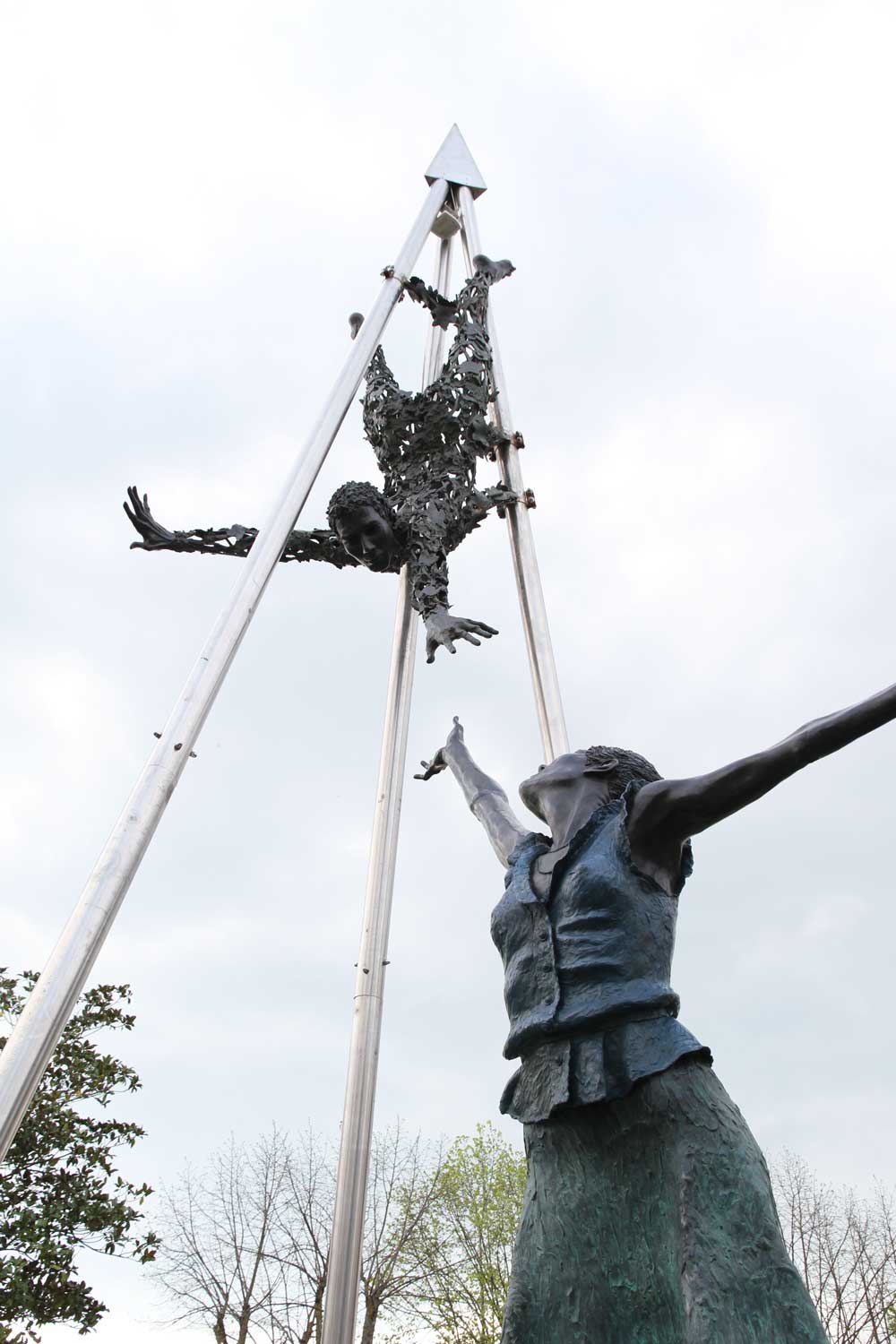
Where we can see your work in Ireland and in Italy?
“The Day That Changed Ireland” featuring Paul O’Connell, Donncha O’Callaghan and John Hayes, is installed on the main concourse of Shannon Airport. “The Spirit of Love” Memorial is situated in Bantry Bay in Cork. “Wind and Water” can be seen on the University College Dublin campus. In Italy, the Carrara Marble version of “Mother and Child” is on permanent exhibition at the Museo degli Innocenti in the heart of Florence. “Life and Death” adorns the main piazza of the Italian town of Vicchio in Tuscany. It is dedicated to the victims of war and terrorism, and to those left to mourn. My major works can also be found at the Frilli Gallery exhibition at the Four Seasons Hotel in Florence, which will run until 2024.
Need to Know: Paddy Campbell’s book Mother and Child – A Secret Hidden In Stone will be launched by UNICEF ambassador and Irish rugby union player Donncha O’Callaghan in Bewley’s Café, Grafton Street on Thursday, October 6, alongside a two week-long exhibition of his works. The book is available at Bewley’s Café for a recommended donation of €20; the entire proceeds will go to UNICEF to help children at risk of famine; www.bewleys.ie. To find out more about Paddy’s work visit; www.paddycampbell.ie.

